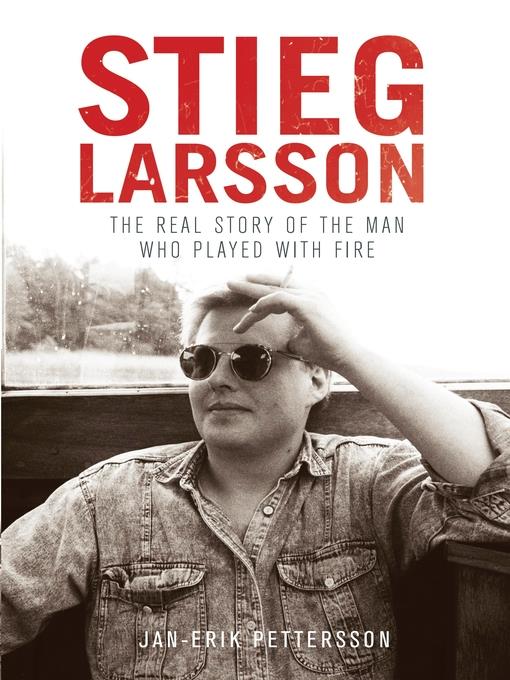
Stieg Larsson
The Real Story of the Man Who Played with Fire
کتاب های مرتبط
- اطلاعات
- نقد و بررسی
- دیدگاه کاربران
نقد و بررسی

October 1, 2011
In this study of Swedish crime-writing sensation Stieg Larsson (1954–2004), journalist Pettersson, who published Larsson's first book in 2001 (not part of the Millenium Trilogy) opens with the claim that it is "not a biography in the conventional sense." Rather, it is a work that explores the writer's "public persona" in tandem with "the interplay between [Larsson's] life and work and society at large." True to his word, Petterson is restrained regarding the details about Larsson's background, motivations and personal relationships. He begins with a cursory sketch of the writer's beginnings in northern Sweden: his rural upbringing, his move to the largest city in the northern provinces and his early attraction to writing and left-wing political causes. From this point, Larsson's work against the political predations of the Swedish extreme right rooted in neo-Nazi fascism and committed to "ethnic homogeneity and Western values" take center stage. His political activism and journalistic inclinations led him to Stockholm, where he worked as a news graphic illustrator and eventually founded Expo, a magazine dedicated to monitoring and exposing the activities of those affiliated with the extreme right. The story of the future crime-fiction novelist's fight against neo-Nazism is intriguing, but Pettersson's treatment of this aspect of the story is inept. In his efforts to explain the history and evolution of the Swedish right, Pettersson often loses the narrative thread about Larsson. Furthermore, he never accomplishes more than suggesting the obvious: that Larsson's bestselling Millennium Trilogy was born of encounters with ideologies that openly espoused hatred of "the weak, the deviant, the foreign [and] the different." A frustrating read that promises more than it delivers.
(COPYRIGHT (2011) KIRKUS REVIEWS/NIELSEN BUSINESS MEDIA, INC. ALL RIGHTS RESERVED.)

November 15, 2011
Pettersson, former editor in chief at the Swedish publishing house Ordfront Forlag, which published Larsson's book on the right-wing Swedish Democrat Party in 2001, brings us this self-described "unconventional biography" of Larsson. He draws on multiple sources, including visits to the Swedish towns where Larsson lived during his formative years, interviews with family, friends, and coworkers, and his own reminiscences from the time they worked together at Expo, a magazine devoted to monitoring right-wing extremists. His research spans Larsson's full life (1954-2005) and includes substantial detail about Larsson's early interests in left-wing politics, which motivated him to monitor and counter the rise of neo-Nazi fascism in Sweden, a course that endangered his life. Pettersson also uncovers the values that animate the characters in Larsson's novels. Full-color photos, a comprehensive list of sources, and an index add to the book's usefulness. VERDICT Pettersson takes an unconventional approach to create a readable and interesting work that will appeal to both biography buffs and Larsson fans.--Mark Alan Williams, Library of Congress, Washington, DC
Copyright 2011 Library Journal, LLC Used with permission.

























دیدگاه کاربران